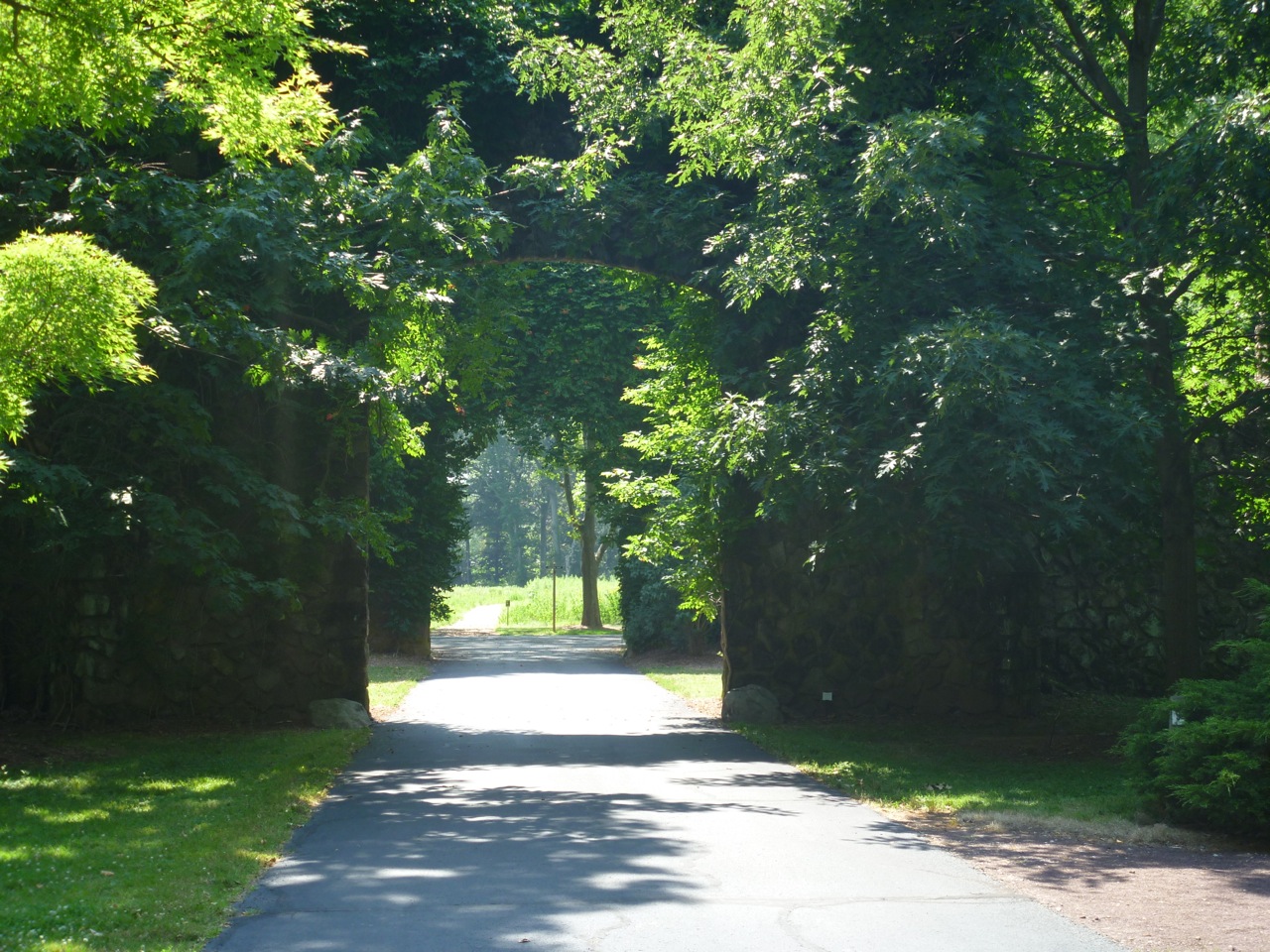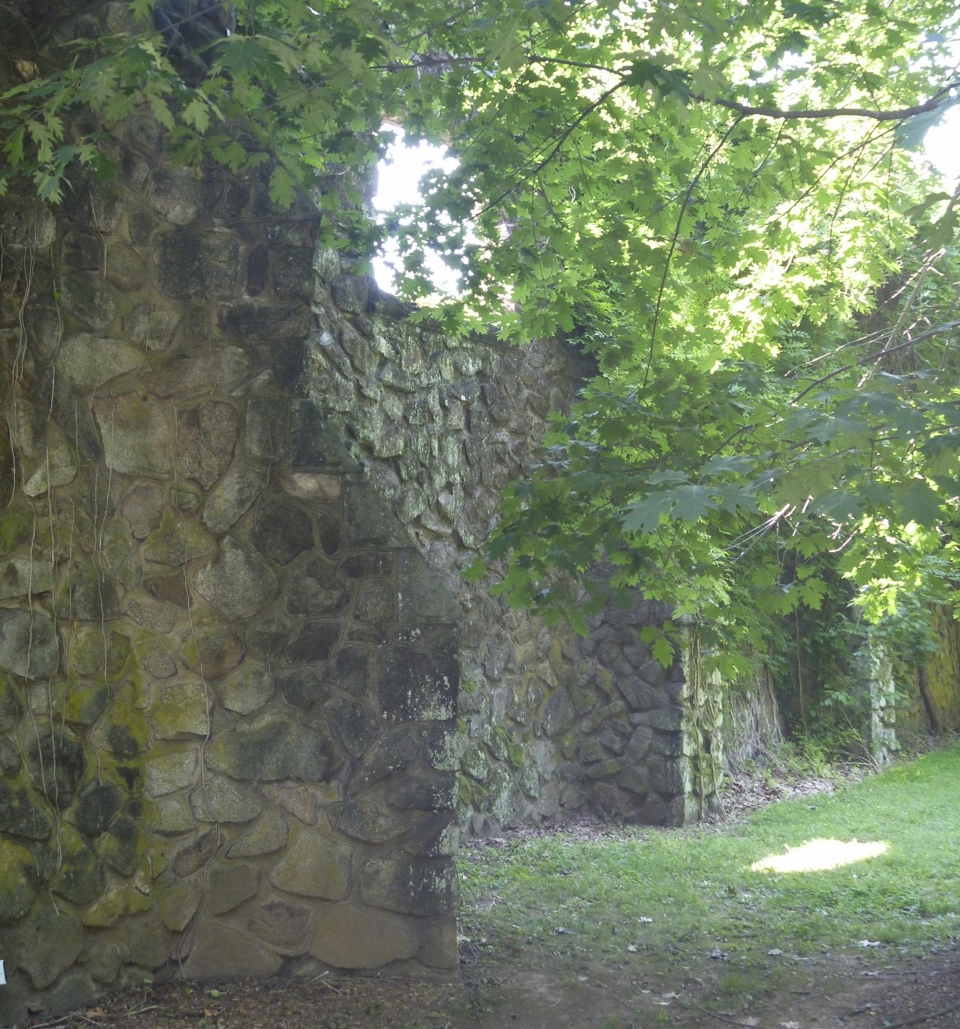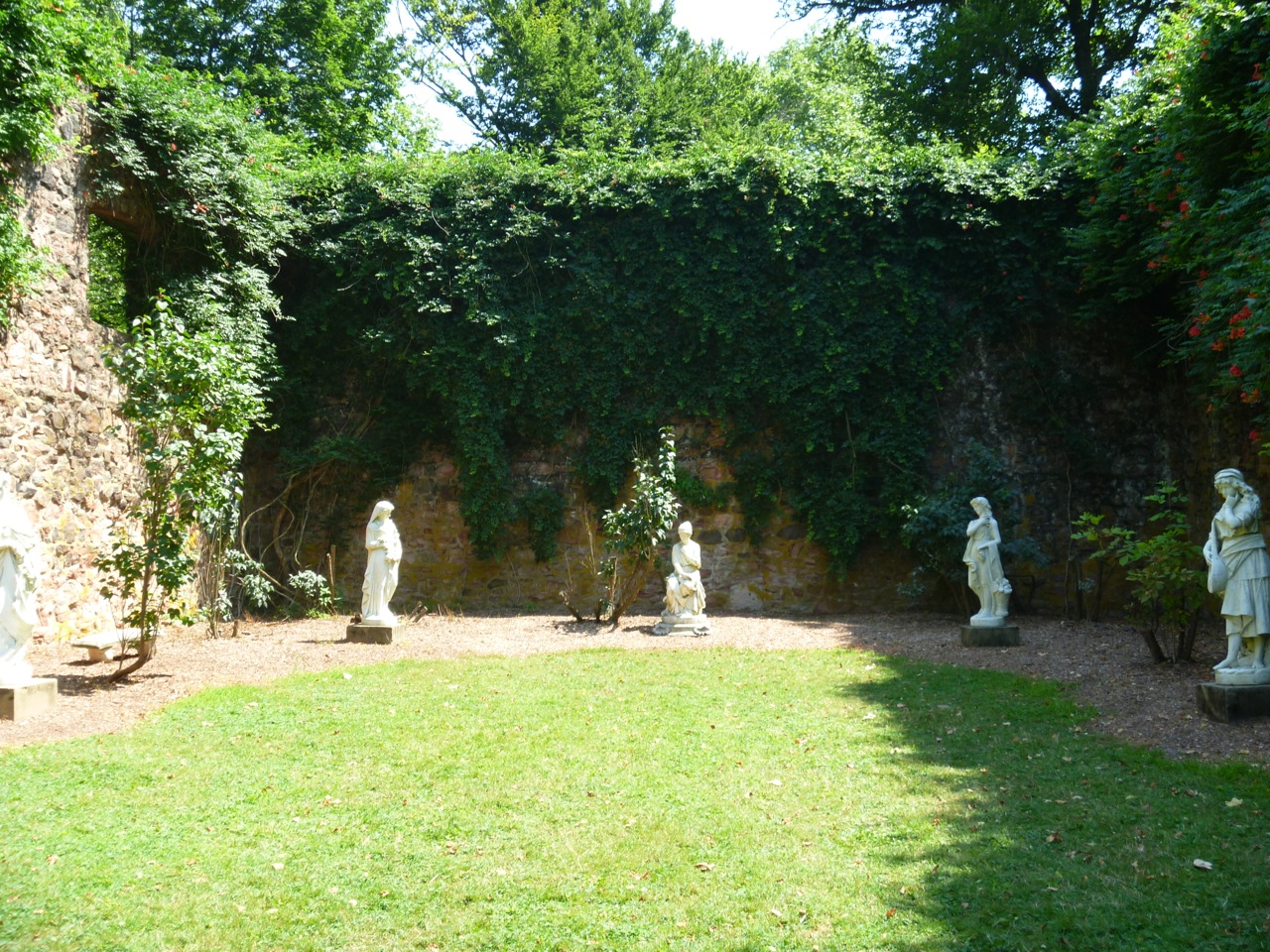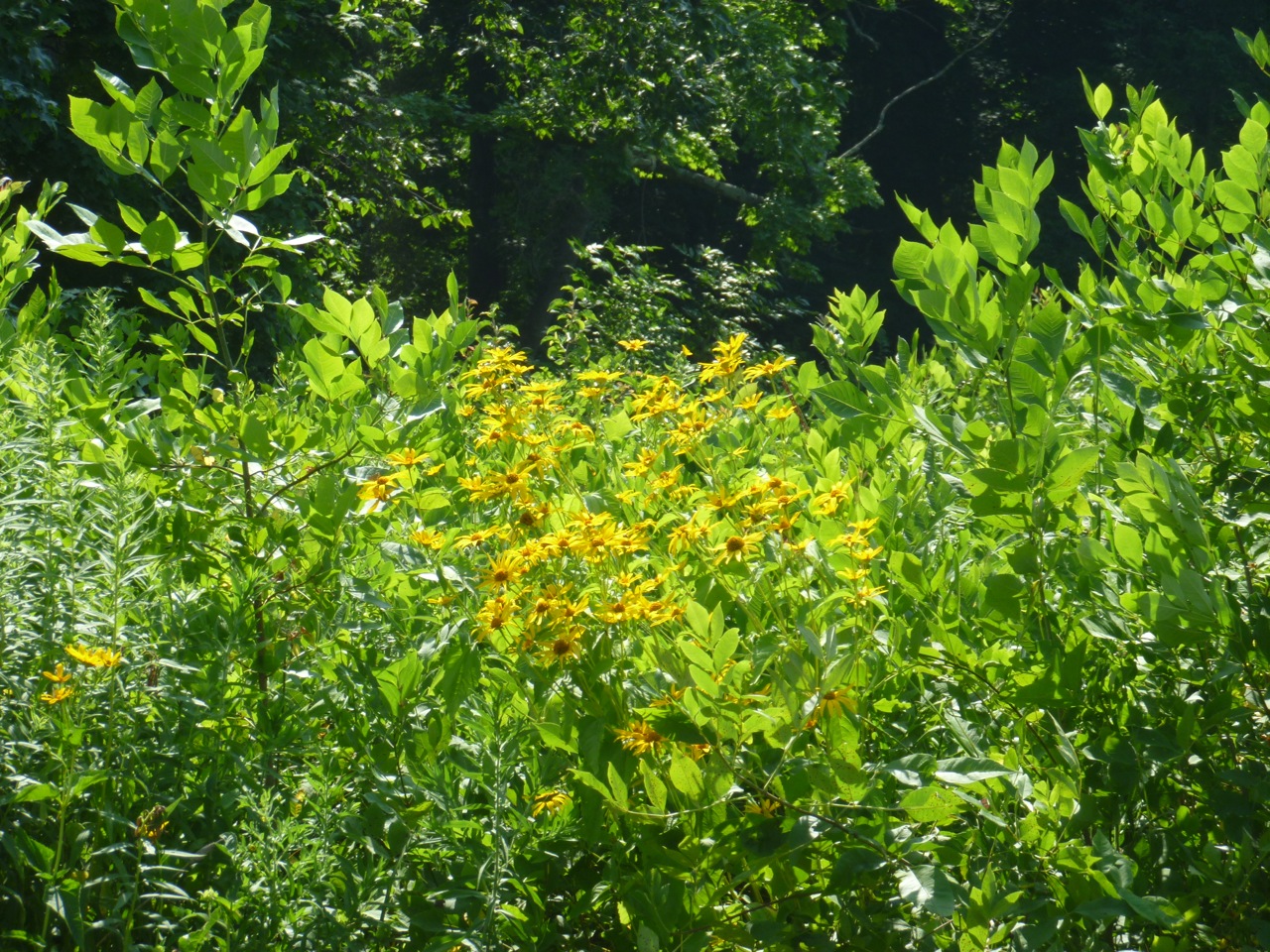To visit Duke Farms in New Jersey is to experience a place that in some ways is coming full circle.
The person behind Duke Farms was James Buchanan (JB) Duke). From a humble start on his family farm in North Carolina, JB built the American Tobacco Company - at one point the largest manufacturer of cigarettes in the world. By the 1890’s his business dealings had him living in New York City.
James Buchanan Duke. Oil on canvas, c. 1922, by John Da Costa. Source: National Portrait Gallery, Smithsonian Institution.
With a plan to create a country place inspired by his native North Carolina, he started to purchase farms along the Raritan River in central New Jersey, amassing more than 2,000 acres. Inspired by childhood memories, JB set out to create a series of rolling hills and lakes in the picturesque tradition. The first landscape architect to work on the property was James Greenleaf. He was part of Frederick Law Olmsted’s firm, known for creating naturalistic landscapes on a grand scale. (Olmsted designed New York City’s Central Park.)
Around 1900 landscape architect Horatio Buckenham took over the design work. His hand is still visible. Land was excavated to create lakes and hills and 22 miles of trails were laid. “Massive numbers of trees [were] planted—60,000 in one order from Europe, and 20,000 Blue Spruce in another,” according to Duke Farms.
For many years the Farm was the private world of JB Duke and his family. After his death it passed to his daughter Doris Duke; she was known for adding formal European and Asian style garden elements that were inspired by her travels abroad. After her death she left instructions that Duke Farms be used "to protect endangered species of all kinds, both flora and fauna . . . and for agricultural and horticultural purposes.”
Doris Duke in 1950. She inherited Duke Farms and incorporated ideas from ornamental gardens she visited while traveling. Soure: Photo: AP
In keeping with its current mission: "To be a model of environmental stewardship and to inspire visitors to become informed stewards of the land," the Farms removed invasive trees, planted natives, reintroduced edge habitats, and put deer and geese controls in place. Areas of high maintenance mowed grass were spectacularly replanted as flower meadows. As a result, the garden in some ways is returning to its original state and sustainable ecological function. Today, 30 threatened or endangered species and 230 bird varieties call Duke Farms home.
I visited the Farm for the first time just after it opened to the public in 2012. The process of arrival is very deliberate: your car gets left behind at the Visitor’s Center; you follow a winding foot path past some structures including the solar array; finally you arrive at the entrance gate. Signs remind visitors that “whatever you take in you takeout.” So by the time you enter the garden you are in a contemplative state. Of course this garden is to be enjoyed, but you also feel a personal responsibility to leave things as they were.
Once inside, I felt that the combination of the original design framework and native planting was magical. There was a sense of nature taking over in the shadow of man-made structures. The feeling was romantic; I believe it will only become more beautiful over time.
My favorite spot in the garden is the Hay Barn. It combines key elements from many phases of the history of the place. Originally situated at the center of a working farm, this structure was abandoned when it was no longer needed. A fire in 1915 destroyed all but the stone walls. In the 1950’s, JB’s daughter Doris decided to use the ruin as a sculpture gallery. Elegant European style ornaments line the inner walls.
Today the barn is covered in climbing trumpet vine and surrounded by native species. Plants seem to get closer each minute, poised to consume the entire space. From some angles the planting make the barn disappear and easy to miss.
Inside the contrasts are what make the space special. The intimate, sheltered area is an antidote to the enormous scale of the rest of the garden. And the posh formal garden ornaments juxtapose with the rustic barn walls. What a surprise to find them amidst such wild plantings!
This one section of garden captures the history of this place: the early farming days of JB Duke, the style and glamour of Doris Duke, and the return of the garden back to native plants.
Duke Farm is located in Hillsborough, New Jersey. It is free and open every day except for Wednesday. As you plan your summer travels to the US east coast, be sure to add Duke Farms to your trip.











